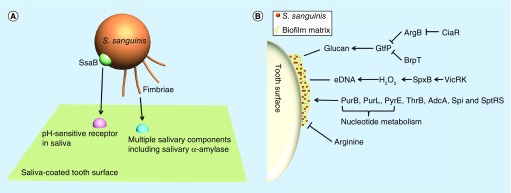Figure 1. . Impact factors of biofilm formation in Streptococcus sanguinis.
(A) Pioneer S. sanguinis bacterium (orange) recognizing tooth surface salivary pellicle receptors (pink and blue) and forming initial bonds. Model shows recognition of multiple types of attachment receptors including long-range attachment, for example, fimbriae (orange) which can bind to multiple salivary components (blue) and SsaB (green) which may mediate attachment to saliva-coated hydroxyapatite via an uncharacterized pH-sensitive receptor (pink). (B) The response regulator CiaR of the CiaRH two-component system can inhibit the expression of ArgB which in turn leads to the upregulation of gtfP. Upregulation of gtfP can also be triggered by the deletion of BrpT. An increase in GtfP promotes the synthesis of glucan which enhances biofilm formation. The two-component system VicRK regulates the expression of pyruvate oxidase SpxB. Upregulation of SpxB will increase H2O2 and vice versa. Increased H2O2 induces cellular autolysis and subsequent eDNA release. Deletions in PurB, PurL, PyrE, ThrB, AdcA, Spi and SptRS, all show a decrease in biofilm formation. Exogenous L-arginine has been shown to decrease biofilm formation with mechanisms unknown.

